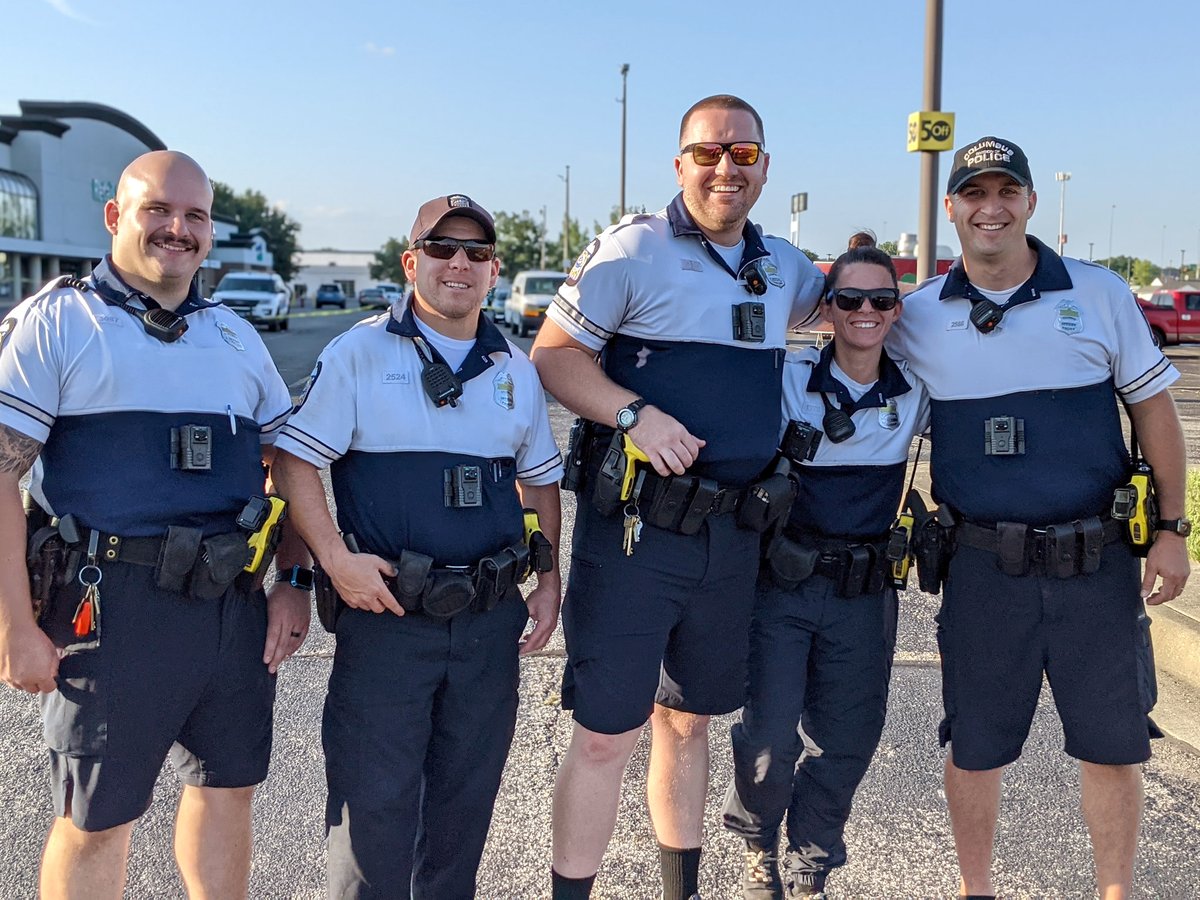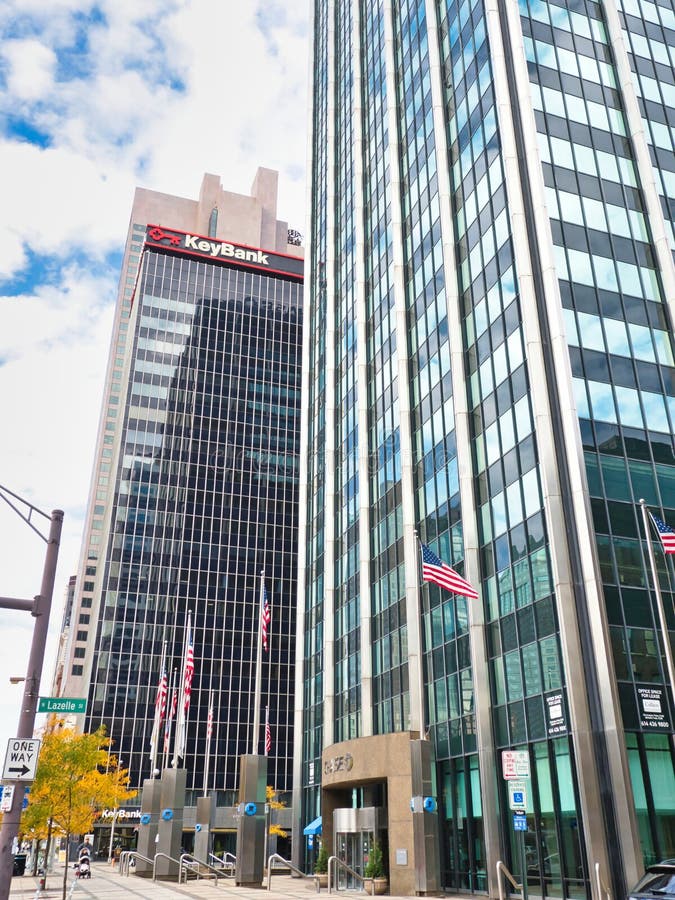Police pursuits have long been a controversial yet critical aspect of law enforcement, and the police chase in Columbus Ohio is no exception. This high-speed event has captured the attention of the public, raising questions about safety, protocol, and the balance between public security and individual rights. In this article, we will delve into the specifics of the Columbus Ohio police chase, exploring its implications, procedures, and the broader context surrounding such incidents.
The pursuit in Columbus Ohio has sparked discussions about the effectiveness of police chases and the potential risks they pose to both officers and civilians. As these high-speed events unfold, the public is often left wondering about the circumstances leading up to the chase, the decisions made during the incident, and the aftermath. This article aims to provide a detailed and balanced perspective on the matter.
By examining the specifics of the police chase in Columbus Ohio, we will address key questions such as: What led to the pursuit? How do law enforcement agencies handle such situations? And what lessons can be learned from this incident? Stay tuned as we explore these critical issues in-depth.
Read also:Nick Kostos Twitter The Story Of Influence And Strategy
Understanding Police Chases: An Overview
Police pursuits are defined as high-speed pursuits by law enforcement officers to apprehend fleeing suspects. These incidents, like the police chase in Columbus Ohio, can occur for various reasons, including traffic violations, suspected criminal activity, or attempts to evade arrest. Understanding the dynamics of such pursuits is essential to grasp their implications fully.
In the case of Columbus Ohio, the police chase unfolded under specific circumstances that highlight the challenges faced by law enforcement officers. These challenges include navigating urban environments, ensuring public safety, and making split-second decisions under intense pressure. The pursuit in Columbus Ohio serves as a case study for analyzing these factors.
Factors Contributing to Police Chases
- Traffic violations
- Suspected criminal activity
- Attempts to evade arrest
- High-risk environments
Each of these factors plays a significant role in determining the course of action taken by law enforcement during a police chase. The decision to pursue a suspect is not taken lightly and involves a careful assessment of the situation at hand.
Police Chase in Columbus Ohio: The Incident
The police chase in Columbus Ohio began when officers attempted to stop a vehicle suspected of involvement in criminal activity. The driver refused to comply, leading to a high-speed pursuit through the city streets. This incident highlights the complexity of police pursuits and the potential risks they pose to both officers and civilians.
During the chase, law enforcement officers employed various tactics to bring the situation under control. These tactics included the use of spike strips, pursuit termination protocols, and communication with dispatch to coordinate efforts. The incident ultimately concluded with the apprehension of the suspect, but not without significant challenges and risks.
Key Details of the Incident
- Date and time of the chase
- Location and route taken
- Number of officers involved
- Tactics employed during the pursuit
These details provide a clearer picture of the events that unfolded during the police chase in Columbus Ohio, offering insights into the decision-making processes and strategies used by law enforcement.
Read also:Persona 4 Discourse A Comprehensive Guide To Understanding Its Themes Characters And Cultural Impact
Legal and Ethical Considerations
Police pursuits, including the chase in Columbus Ohio, raise important legal and ethical questions. Officers must balance the need to apprehend suspects with the responsibility to ensure public safety. This delicate balance is guided by laws, policies, and training protocols designed to minimize risks and maximize effectiveness.
In the United States, the use of force during police pursuits is governed by federal and state regulations. These regulations emphasize the importance of de-escalation techniques and the prioritization of public safety. The police chase in Columbus Ohio serves as a reminder of the need for continued education and training in this area.
Training and Protocols
- De-escalation techniques
- Pursuit termination protocols
- Communication strategies
- Use of technology
These training and protocol elements are crucial in preparing officers for high-pressure situations like the police chase in Columbus Ohio. By adhering to these guidelines, law enforcement agencies aim to reduce the risks associated with such incidents.
Public Safety Concerns
The safety of the public is a primary concern during police pursuits. The police chase in Columbus Ohio exemplifies the challenges faced by officers in ensuring the safety of civilians while pursuing suspects. These challenges include navigating busy streets, avoiding collisions, and minimizing disruptions to daily life.
Law enforcement agencies in Columbus Ohio and across the nation are continually evaluating their strategies to enhance public safety during pursuits. This includes the use of advanced technology, improved communication systems, and increased community engagement.
Technological Advancements
- Use of GPS tracking devices
- Implementation of surveillance drones
- Development of autonomous pursuit vehicles
These technological advancements offer promising solutions for addressing the challenges posed by police pursuits, including the police chase in Columbus Ohio.
Community Impact
The police chase in Columbus Ohio had a significant impact on the local community. Residents expressed concerns about the safety of their neighborhoods and the potential for similar incidents in the future. Community leaders and law enforcement officials have since engaged in discussions to address these concerns and improve relations between the police and the public.
Building trust and transparency is essential in fostering positive relationships between law enforcement agencies and the communities they serve. The police chase in Columbus Ohio serves as a catalyst for these discussions, highlighting the importance of collaboration and open communication.
Community Engagement Initiatives
- Public forums and town hall meetings
- Community policing programs
- Education and awareness campaigns
These initiatives aim to bridge the gap between law enforcement and the community, promoting understanding and cooperation.
Statistical Analysis of Police Pursuits
Data and statistics play a crucial role in understanding the frequency and outcomes of police pursuits, including the police chase in Columbus Ohio. According to the National Highway Traffic Safety Administration (NHTSA), there were over 7,000 police pursuits reported in the United States in 2022, resulting in approximately 300 fatalities.
These figures underscore the importance of developing effective strategies to mitigate the risks associated with police pursuits. By analyzing data from incidents like the police chase in Columbus Ohio, law enforcement agencies can refine their approaches and improve outcomes.
Key Statistics
- Number of pursuits annually
- Fatality rates
- Injury statistics
- Economic impact
These statistics provide valuable insights into the broader context of police pursuits, informing policy decisions and operational strategies.
Lessons Learned from the Police Chase in Columbus Ohio
The police chase in Columbus Ohio offers valuable lessons for law enforcement agencies and the public alike. By examining the circumstances surrounding the incident, we can identify areas for improvement and strategies for enhancing safety and effectiveness.
Key takeaways from the incident include the importance of training, the need for advanced technology, and the significance of community engagement. These lessons can be applied to future pursuits, helping to reduce risks and improve outcomes.
Recommendations for Improvement
- Enhanced training programs
- Investment in technology
- Increased community involvement
Implementing these recommendations can lead to more effective and safer police pursuits, benefiting both law enforcement officers and the public.
Conclusion
In conclusion, the police chase in Columbus Ohio highlights the complexities and challenges faced by law enforcement during high-speed pursuits. By examining the specifics of this incident, we gain valuable insights into the dynamics of police pursuits and the strategies employed to address them.
We encourage readers to share their thoughts and experiences in the comments section below. Additionally, feel free to explore other articles on our site for more information on law enforcement, public safety, and related topics. Together, we can work towards a safer and more informed community.
Table of Contents
- Understanding Police Chases: An Overview
- Police Chase in Columbus Ohio: The Incident
- Legal and Ethical Considerations
- Public Safety Concerns
- Community Impact
- Statistical Analysis of Police Pursuits
- Lessons Learned from the Police Chase in Columbus Ohio
- Conclusion
Subheadings
- Factors Contributing to Police Chases
- Key Details of the Incident
- Training and Protocols
- Technological Advancements
- Community Engagement Initiatives
- Key Statistics
- Recommendations for Improvement


